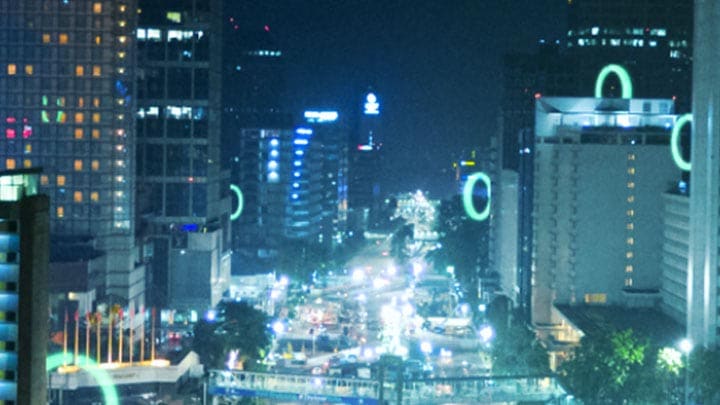Residential and non-residential buildings worldwide are responsible for nearly 30% of global energy use and 26% of energy-related emissions, according to the IEA. In the US alone, buildings account for a staggering 40% of energy consumption. The reason? Much of the world’s building stock is old, inefficient, and energy-hungry.
Upgrading to connected LED lighting systems is an important part of a comprehensive solution to decarbonizing the built environment. It can dramatically cut energy use, lower carbon emissions, and deliver healthier, more productive spaces for people to live and work.
Why connected LED lighting matters in the race to net zero
It may be surprising to know that lighting in residential and commercial buildings around the world consumes as much as 27% of total end-use electricity. This is partly due to the fact that half of all buildings worldwide are still lit by outdated, conventional technologies.
According to the IEA’s Net-Zero Energy (NZE) scenario, energy demand in buildings must fall by 25% and fossil fuel use by 40% by 2030. Switching to LED lighting in buildings that still use conventional lighting could slash energy use quickly and cost-effectively. Add connectivity, and the savings grow even larger.
Renovation: a critical opportunity
In the EU, 85% of buildings were built before 2000, and three-quarters perform poorly on energy efficiency. Renovation, therefore, is key. The revised Energy Performance of Buildings Directive (EPBD), adopted in May 2024, the main driver for net zero renovations in the EU, has set ambitious targets. These include zero emissions for all new public buildings starting in 2026, and all new buildings starting in 2028. The directive also demands higher standards for existing buildings, putting energy-efficient lighting front and center.
For businesses and households, lighting upgrades deliver more than just energy savings. Benefits include
Lighting is one of the most prevalent infrastructures in any building, making it an ideal foundation for generating valuable insights and intelligence. When integrated with smart sensors and connected technologies, lighting systems can monitor everything from occupancy patterns to energy usage and activity trends.
This real-time data acts like the building’s sensory network—enabling facility managers and installers to make informed decisions that drive efficiency and cost savings. Ultimately, connected lighting paves the way for more comprehensive digital building integration.
A global push for energy-efficient lighting
Countries around the world are stepping up with policies and programs designed to improve the energy efficiency of lighting in buildings. These efforts, a few of which are listed below, reflect a growing recognition that energy-efficient lighting isn’t optional—it’s essential.
“By accelerating the transition to energy-efficient and connected LED systems, we can dramatically reduce electricity demand, lower emissions, and build more resilient, future-ready energy systems.”
For this transition to succeed, energy efficiency must become the standard in green building certifications and national policies. The timing has never been more urgent. Half of the buildings that will exist in 2050 haven’t been built yet, and most of those already standing require renovation. Connected LED lighting offers a clear, immediate method for increasing energy efficiency in buildings—while making them smarter, healthier, and more sustainable for everyone.
To learn more, read our white paper Unlocking negawatts: The role of lighting in energy security and decarbonization, developed in collaboration with our partner Climate Group.
Signify (Euronext: LIGHT) is the world leader in lighting for professionals, consumers and the Internet of Things. Our Philips products, Interact systems and data-enabled services, deliver business value and transform life in homes, buildings and public spaces. In 2023, we had sales of EUR 6.7 billion, approximately 32,000 employees and a presence in over 70 countries. We unlock the extraordinary potential of light for brighter lives and a better world. We have been in the Dow Jones Sustainability World Index since our IPO for seven consecutive years and have achieved the EcoVadis Platinum rating for four consecutive years, placing Signify in the top one percent of companies assessed. News from Signify can be found in the Newsroom, on X, LinkedIn and Instagram. Information for investors is located on the Investor Relations page.
